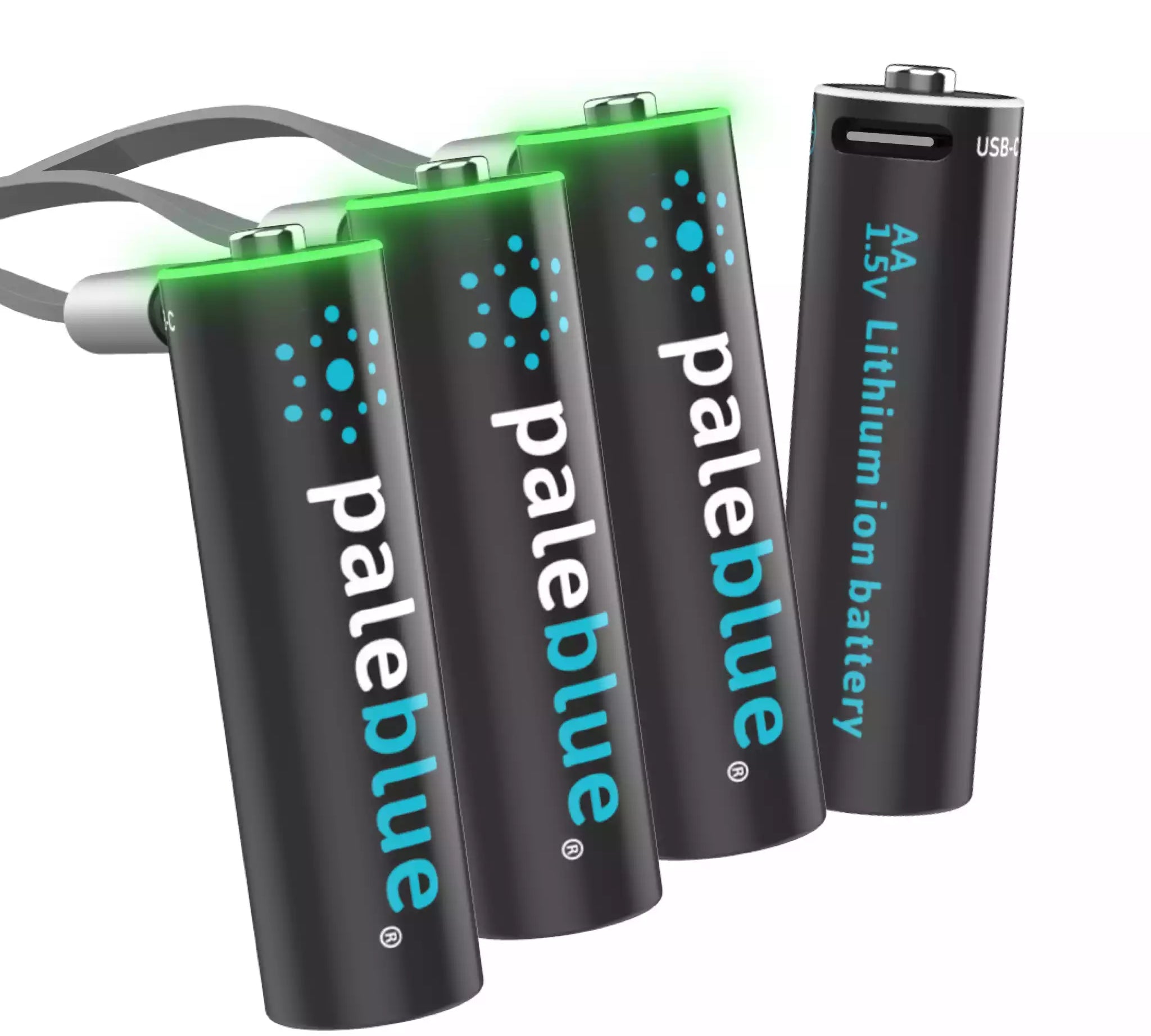Why Single-Use Batteries Are Bad for Your Wallet... and the Planet

Batteries are everywhere—remotes, headlamps, toys, wireless mics, flashlights. And for a long time, single-use batteries have been the default. You use them, toss them, replace them. But that convenience comes at a steep cost.
As we celebrate Earth Day, it’s worth taking a closer look at the hidden impact of single-use batteries—and why it’s time to switch to something better.
1. The Hidden Impact of a Single-Use Battery
It’s easy to think of batteries as small and insignificant. But behind every single-use battery is a global supply chain with a surprisingly large footprint.
Battery production requires mining and refining materials like zinc, steel, and manganese. Then there’s the packaging—often multiple layers of plastic, foil, and cardboard for just four batteries. Add in the transportation costs of moving heavy, disposable items across continents and into your local store, and you’ve got a product with a big environmental impact for something that works once and gets thrown away.
2. Disposable Batteries Don’t Actually Perform That Well
Despite the cost and effort of making them, single-use batteries don’t hold up well in performance. They gradually lose power as they’re used, delivering inconsistent voltage over time. Devices that require steady, reliable power—like headlamps or wireless electronics—suffer for it.
Rechargeable lithium batteries, by contrast, deliver a more consistent voltage output for most of their usable life. That means better performance, longer runtimes, and fewer frustrating moments where your device dies unexpectedly.
3. Single-Use = Long-Term Cost
Disposable batteries seem cheap—until you realize how many you go through in a year. And if you’re powering high-drain devices, you’re probably replacing batteries often.
Over time, a set of rechargeable batteries pays for itself many times over. A good rechargeable battery can replace hundreds of single-use ones over its lifespan. That’s real money saved—and fewer trips to the store when your remote or flashlight dies.
4. Most Single-Use Batteries Still End Up in the Trash
Battery recycling exists, but access is still limited—and awareness is low. As a result, the majority of batteries end up in landfills, where they slowly break down and can leach materials into the surrounding environment. Even so-called “non-toxic” batteries still have a footprint long after they’re used up.
Every single-use battery you skip is one less future problem.
The Better Alternative: Rechargeables That Work Harder
At Paleblue, we designed our batteries to solve all of these problems. Our USB-C rechargeable lithium batteries:
- Replace hundreds of single-use batteries
- Charge fast and consistently
- Cut down on packaging and shipping waste
- Perform better in most modern devices
This Earth Day, we invite you to make the switch. It’s one small change—but it adds up.
[LIMITED-TIME EARTH DAY OFFER]
Save up to 30% on all Paleblue batteries through April 22
Make the switch and save—your gear (and the planet) will thank you.







